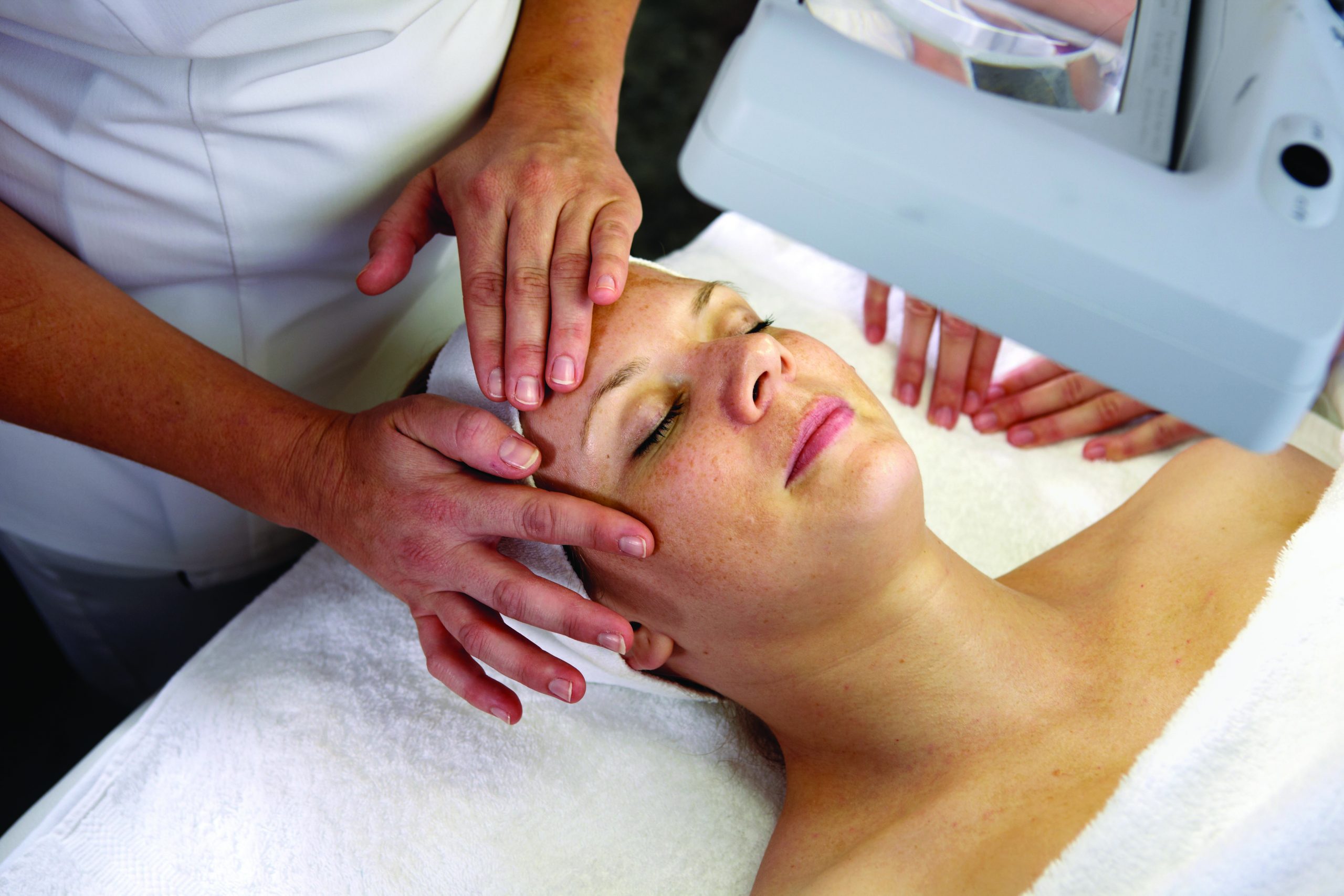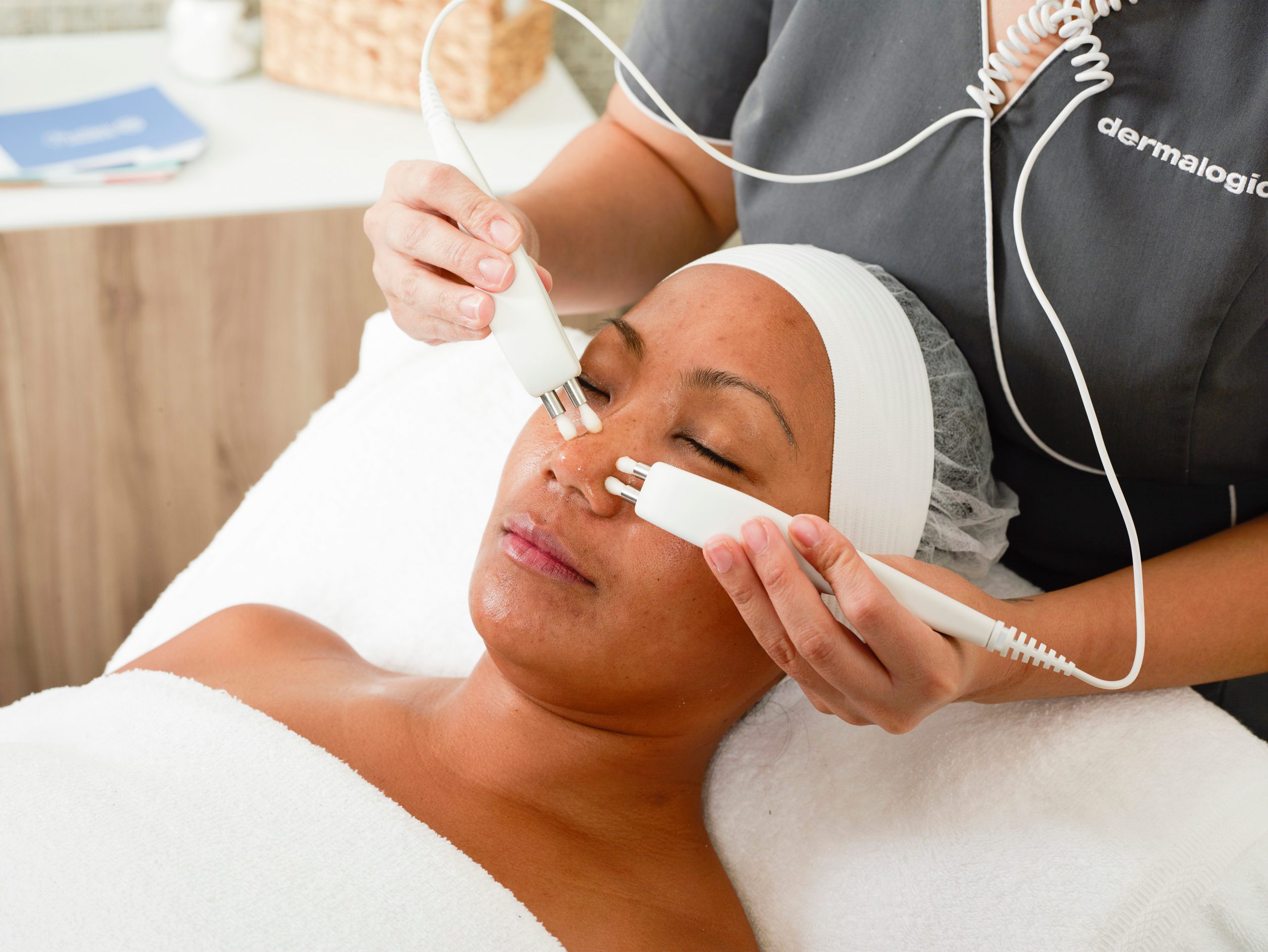The Lowdown On Lipids: Part 1 – Why Does the Skin Need Them?

Lipids, or natural protective oils, are essential for maintaining the integrity of all living matter due to their ability to form a barrier between the living cell and the outside world. In human skin, lipids are used as building blocks for membranes and fulfill specific functions such as preventing desiccation (a state of extreme dryness) by forming a barrier and preventing evaporation of water.
More specifically, the outermost layer of the epidermis, the stratum corneum (SC), constitutes the main barrier to the movement of substances into and out of the skin; it consists of corneocytes (SC cells) and several different types of lipids, such as ceramides, sterols and free fatty acids. These lipids that make up the barrier lipid layer of the stratum corneum are expelled from cells during the process of keratinization in the epidermis. When the barrier lipid layer is disturbed, this can lead to pathological diseases such as ichthyosis, psoriasis or atopic dermatitis.
Aging also has an effect on the composition of SC lipids. Studies have shown a decline in ceramide and sterol components with an increase in fatty acid composition in aged skin.1
Seasonal changes have also been shown to impact SC barrier lipids which leads to dryness, roughness and increased trans-epidermal water loss (TEWL) while a reduction in ceramides generally leads to an increase in skin sensitivity and irritability2. Likewise, diet and the products we apply to our skin can impact the barrier lipids. Alcohol, acetone, harsh surfactants, AHAs, BHAs and retinoids can strip lipids giving that taut skin feeling which is often associated with increased dehydration, wrinkles, sensitivity and premature aging.
Unfortunately, nothing good results from having a compromised lipid barrier layer. Therefore, the challenge to the cosmetic formulator is to create an esthetically appealing formula that helps replenish those critical lipids to the epidermis. The most important property of lipids in skin care is their ability to restore the barrier lipid, promote moisturization, smooth skin texture as well as, a visual reduction of the signs of dryness. Restoring the barrier lipids not only inhibits TEWL, it helps keep the natural moisturizing factor (NMF) inside the cells where it is needed to keep cells hydrated and enzymes functioning normally.
Fortunately, when we are young our skin can restore its natural barrier lipids after an insult such as exposure to alcohol, soap or chemical peels. The time required for barrier lipid recovery varies according to age; in young individuals 50-60% of the barrier lipids are restored within 12 hours with full recovery taking about three days. However, in older adults complete recovery can take over a week. Depending on the condition of the skin this can lead to dehydration and additional sensitization.
The most obvious possibility for recovering the skin barrier function is by replacing the intercellular lipids in between our keratinocyte cells. Studies measuring TEWL as an indicator of barrier integrity have demonstrated that the barrier function can be restored with the application of skin type lipids.
Understanding the science and the physiological processes behind the barrier lipids of the SC as well as how we can optimize their functionality is something we have studied extensively at The International Dermal Institute; we have looked at the effects of adding various plant or phytolipid complexes to the skin in order to optimize hydration, reduce sensitivity and enhance the health of the skin.
Read Part 2 of this blog series to learn about the latest plant oil ingredients, also called phytochemicals, that help to restore the natural barrier function of the skin.
References:
1. Lipids in Skin Care Formulations p 279 in Cosmetic Lipids and the Skin Barrier. ed T. Forster, Marcel Dekker. 2002
2. DiNardo et al. Contact Derm. 1996; 35:86-91
stay in the know
Get special offers on the latest developments from Front.



